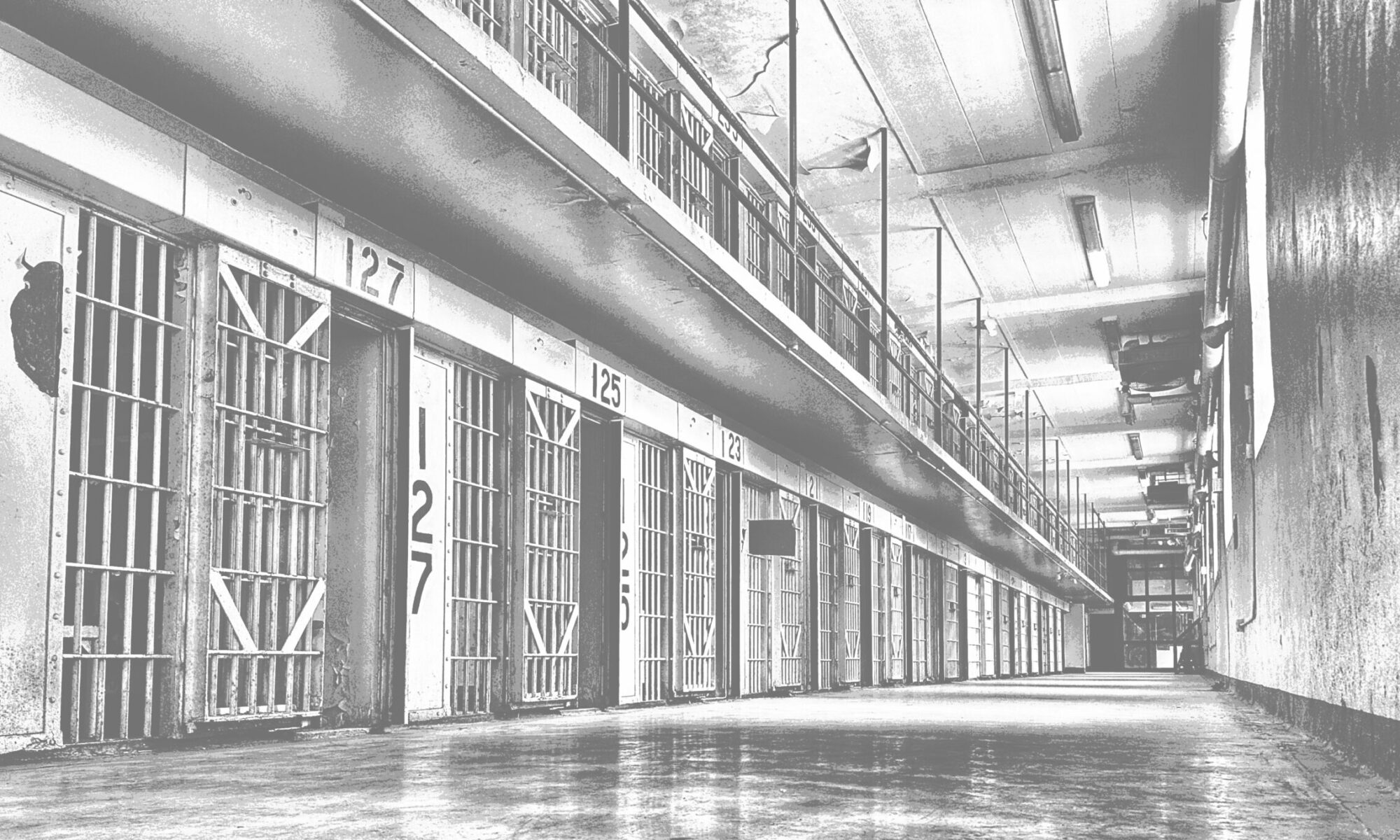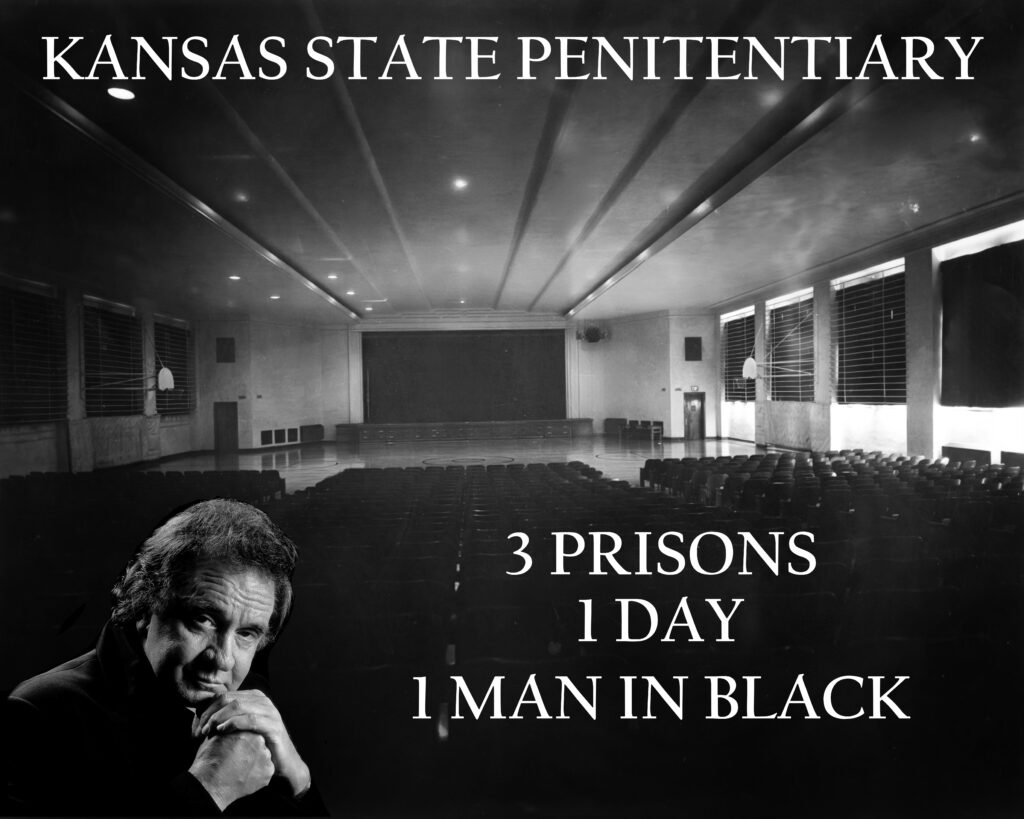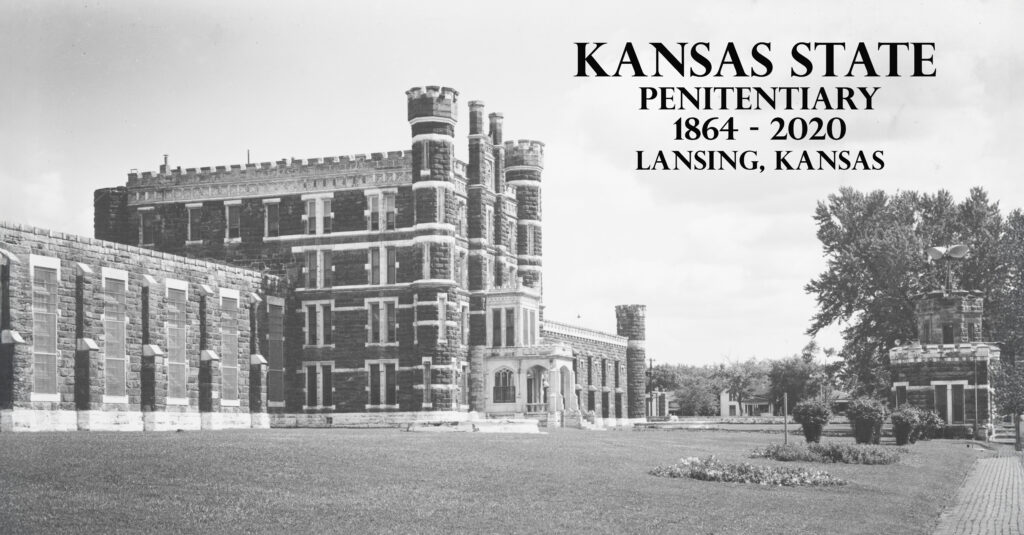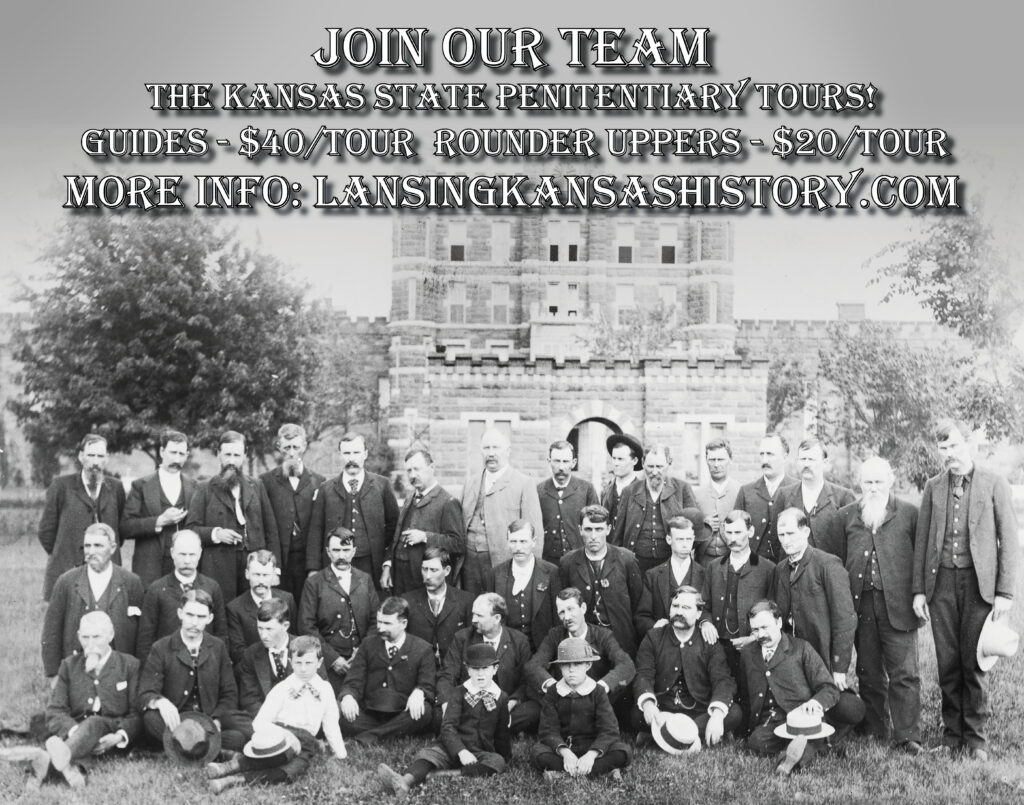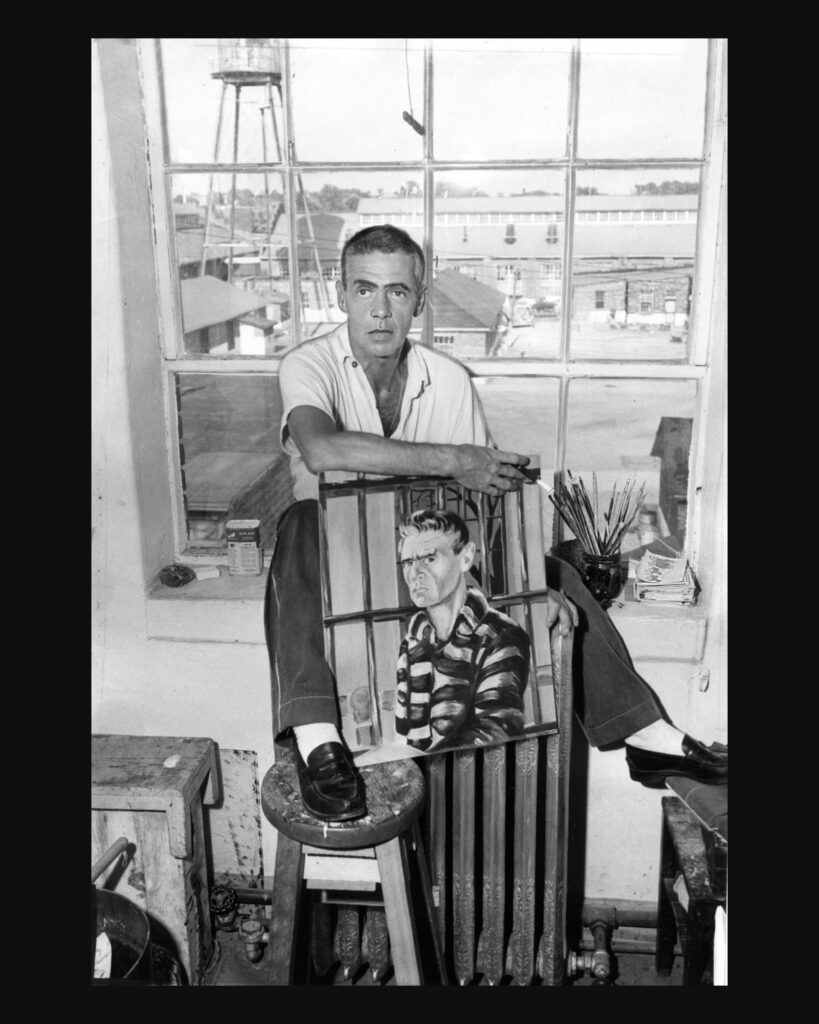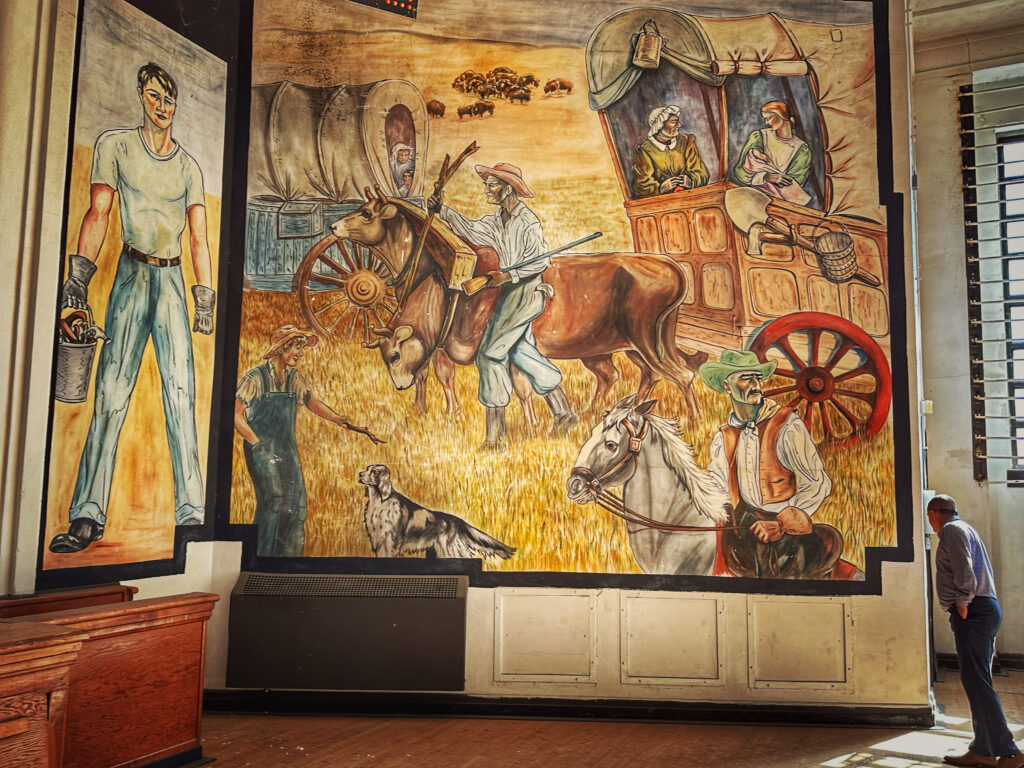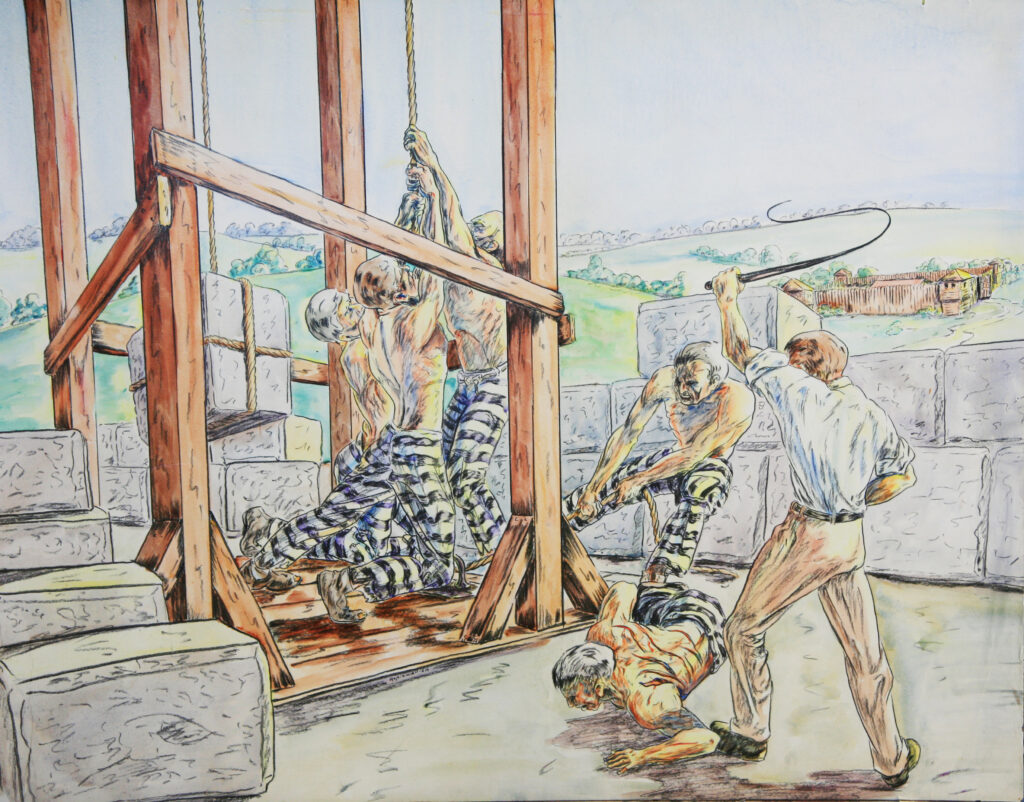In 1859, the Kansas Territorial Legislature took a significant step by establishing a state penitentiary in Leavenworth County. A 40-acre tract was acquired in Delaware Township, paving the way for the Kansas State Penitentiary. This decision came despite the fervent opposition of Leavenworth residents who voiced strong concerns about the location. At that time, the area was seen as remote and isolated, lacking any nearby towns except for the tiny community of Delaware to the east. The establishment of this institution marked a pivotal moment in the region’s history, as it set the stage for future development, even in the face of local resistance.
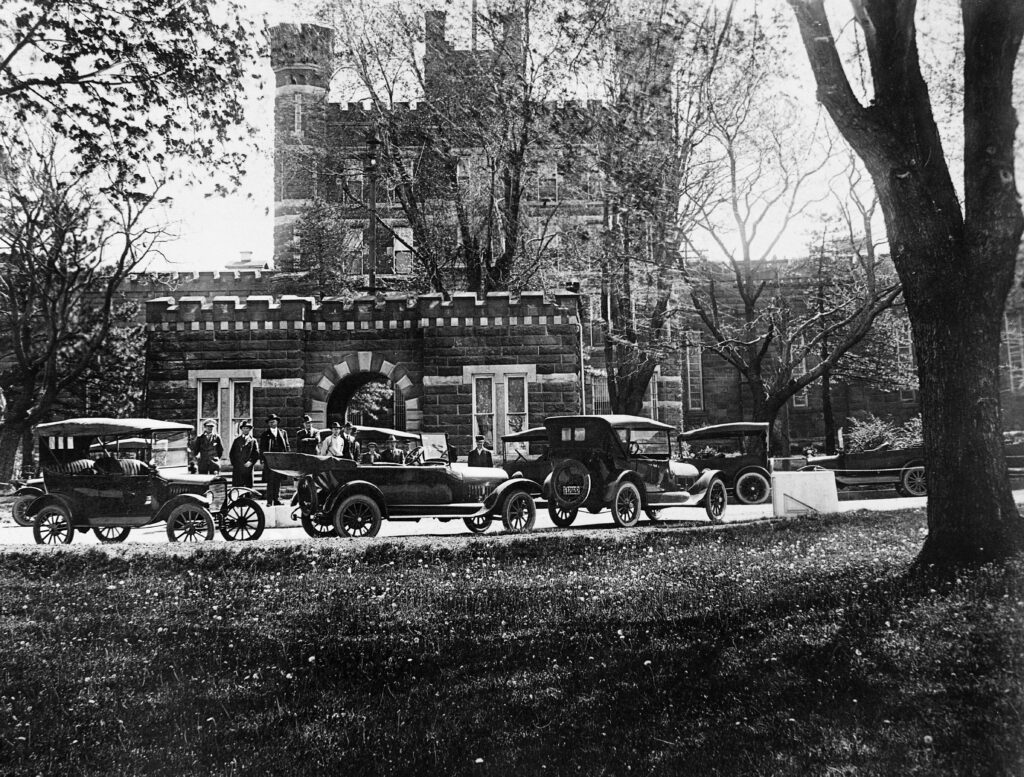
The original architectural design of the Kansas State Penitentiary was the work of Erasmus T. Carr, who began planning the structure in 1861. Drawing inspiration from the Gothic-style Illinois State Prison at Joliet, Carr incorporated striking Gothic architectural elements into the facility’s design — both for their imposing visual effect and their symbolic expression of law and order.
The administrative building featured four distinctive turrets, one at each corner, giving the structure a castle-like appearance. Matching turrets and Gothic elements were also integrated into each corner of the North and South Cell Houses, reinforcing the symmetry and stylistic consistency across the front façade.
The prison was built primarily from locally quarried limestone, with the inmates themselves performing the majority of the labor. In a testament to resourcefulness and regional craftsmanship, the material used as mortar between the limestone blocks was sourced from the Missouri River. During rainy years, when the river rose and covered nearby sandbars, construction often paused until the sandbars reemerged and materials could be gathered again.
This fusion of Gothic Revival design and frontier practicality created one of the most imposing and historically significant prison structures in the Midwest.
His Gothic-style architectural vision gave rise to the castles-like appearance that Truman Capote, in his book In Cold Blood, described the penitentiary as a “black and white castle,” capturing its imposing and eerie beauty. The look was further intensified by the presence of an on-site coal mine, which operated from 1881 to 1947.
While the penitentiary has retained much of its historical integrity, the original front, once covered in green vines and vegetation, is now boarded by modern fencing and Constantine wire, offering a sharp contrast to its 19th-century past.
